Survival kits’ popularity has risen a lot in the past years due to the disastrous events in many areas of USA, Asia, etc. People witness storms of enormous power and severity, such as we haven’t recorded in the past centuries. The weather is changing rapidly and people understand the need for good preparation beforehand. The internet is overflowing with survival kits and you can get lost in all the information. Some may be true, some misleading, and yet others can be controversial.
[the_ad_placement id=”in-text-1-type-r”]It comes naturally that people may want to build their own survival kits, with all items of their choosing. The best idea is to plan ahead what would be of crucial need and what not. It is very easy to overload your kit with unnecessary items and risk carrying a heavy survival kit on your back. That may cost you too much energy. Sometimes the smallest items may have the highest value (if we exclude the water and food, which are the heaviest).
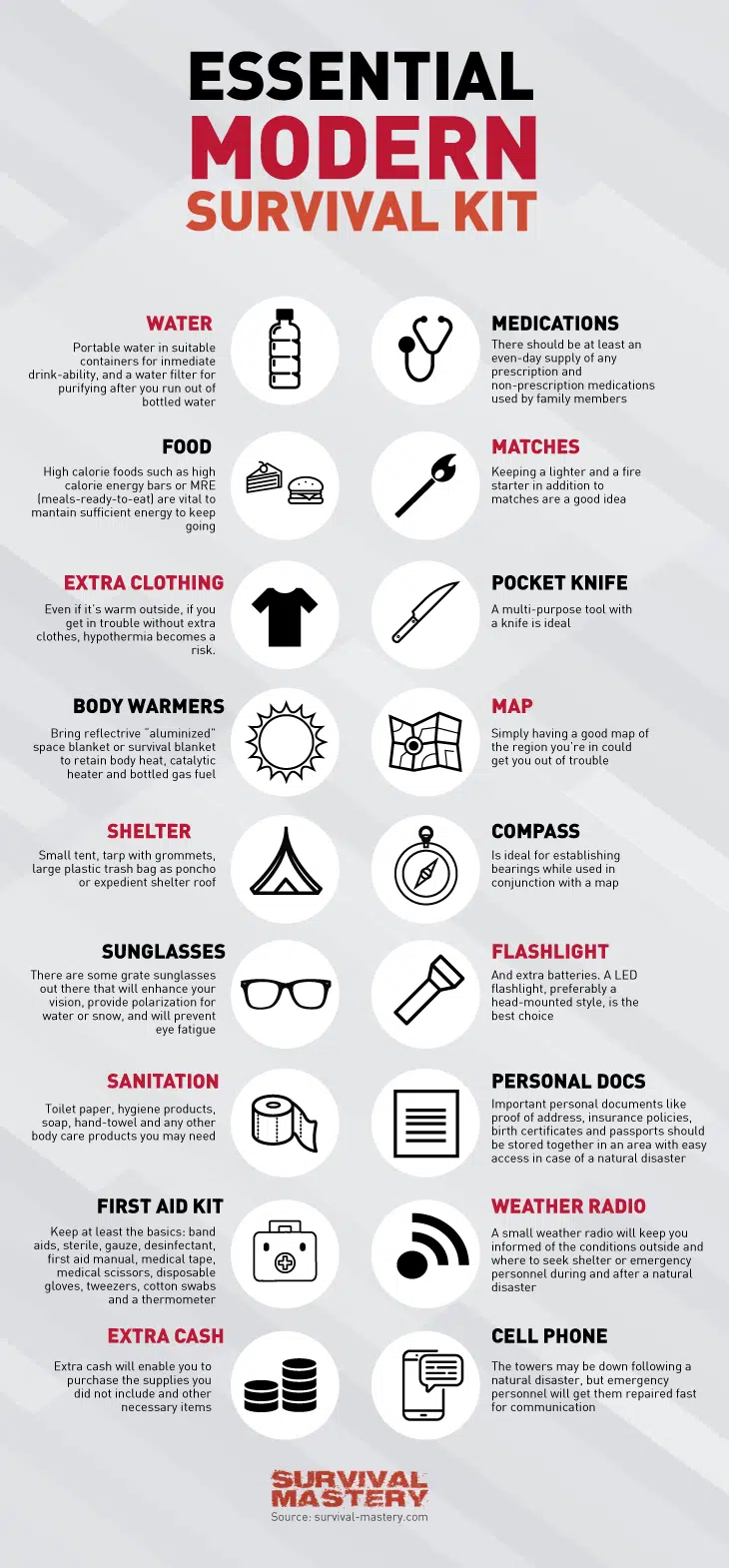
So, to help you make the right choices, we’ve compiled an extensive list of items that are of utmost priority. We also go into depth as to why and when you may need a certain item.
How to make your own survival kit at home
To begin with, you need to know what you are actually going to put in the kit. You may want to make a list, add or remove items, or prioritize them before you actually start buying and collecting the items. To save you time on searching the internet, we have created a list which is divided in two – the absolute must-haves, that is, items without which you can’t survive more than a few days; and items of secondary importance, which are just as valuable but less important than, let’s say, water and food.
Items of primary importance:
- Water
- Food
- Clothes
- Shelter
- First-aid kit
- Knives, matches, lighter, flashlight
As we know water is invaluable and humans can’t survive for more than 3-4 days without water. Dehydration can kill you much quicker than starvation. It has been estimated than a man or a woman can survive without food for a few months. That’s why water is your utmost priority! So, at a minimum, an adult person needs 1 liter of water a day. Depending on what disastrous or emergency event has happened in your area, you may want to load water supply for at least 3 days.
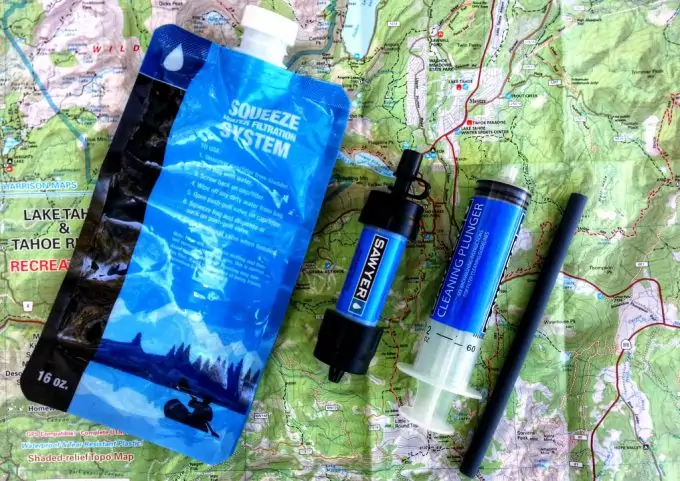
Optimally, you could buy a water purifying system (find a small and light-weighted one). If you have a good access to water you could purify and collect it for later use. Also, consider all your family members and plan beforehand how to evenly spread the load.
Second on the list is food. Of course, food is our energy source, and if we need water to keep us fresh and hydrated, we need food to keep us energetic and strong. During crises, you can lose a lot of energy by searching for lost people, running to save your life, calling loud for someone lost, etc. Periods of crisis demands extra energy. Pack in your kit already prepared cooked meals, canned food, dried fruits and dates (loads of sugar content and long-lasting), chocolate bars, nuts, powdered soups that can be mixed with boiling water and you can use as a refreshment and hydrant.
For tips on how to preserve food to last for a long time, see our article on this topic.
If you take canned food don’t forget to pack spoons, forks and can-opener. Our advice is, first try the can-opener at home. See if it’s comfortable and easy to use. If not, get another one. Always try to find the tools easiest to work with. Again, you need to conserve energy, not spend it quickly.
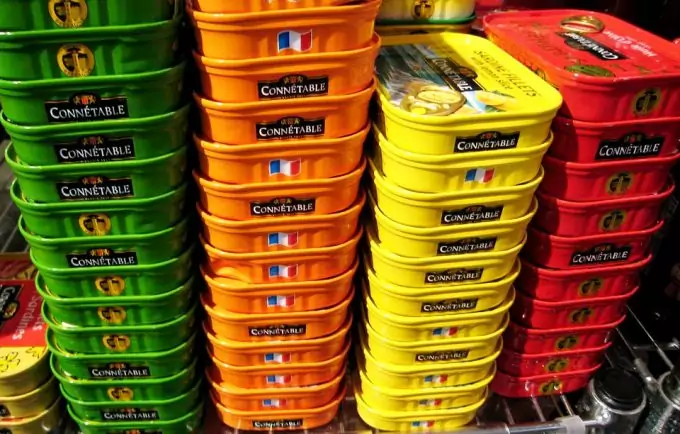
Another very important aspect to consider is the clothing. It is very easy to just pack whatever clothes you have in your wardrobe. That unfortunately would be wrong. There are special clothes you would need in times of crisis. If a disaster forces you to spend nights under the sky, it would be similar to camping. There are clothes designed for this purpose. First of all, you must have a light-weighted underwear (pants and tops with long sleeves), made of Lycra or Polyester.
Both technologies are made breathable and yet keep you warm. They let the perspiration escape easily and leave the skin dry. This is especially important since sweat left to dry on the skin is a shortcut to hypothermia. It’s almost like being wet all the time – it doesn’t matter how many layers of clothes you have, you are constantly cold and shaking. This is a dangerous condition that you must avoid at all cost.
The second layer should be the thicker warmer layer, preferably made of wool. It is also breathable and very warm. Wool is warm even if it’s wet. The outermost layer should be protective. It must be wind- and waterproof. These types of clothes can be found in many shops that sell mountaineering equipment. They cost more than casual clothes but are worth the price.
[the_ad_placement id=”in-text-2-type-r”]Another part of the good clothing is having reliable boots or shoes. Look for waterproof boots, preferably with GoreTex technology. They are also sold in shops for mountaineering and climbing equipment. Prepare at least two pairs of wool socks, 2-3 pairs of gloves, a couple of warm hats, and add at least one scarf per person too.
Don’t forget the jacket, have it wind- and waterproof. Consider also packing up several bandanas. They are very handy in different situations, and can be used for hats, scarves, wrist- or knee band, etc. Just make an internet search to find out about its many uses.
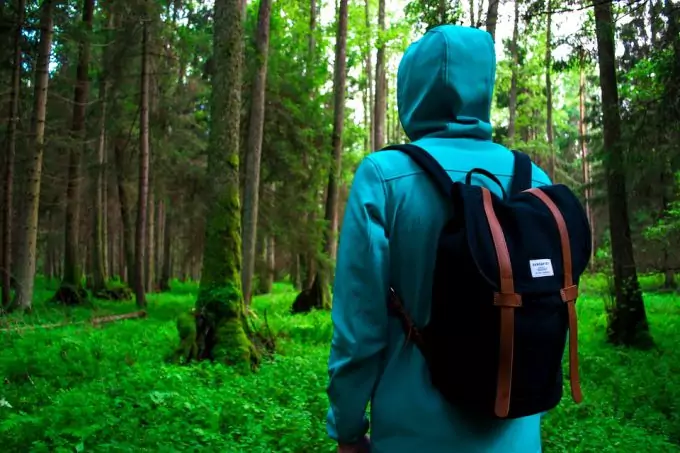
Get yourself a good pair of pants. Of course, opt for the wind- and waterproof type. Paired up with good warm underwear you can make sure you’re going to survive any harsh condition.
Last but not least, pack several ponchos, for each family member. It may not help you warm up, but will protect you against rain. A waterproof jacket can still get all soaked wet in case of heavy rain, but if you add a poncho to that, you sure will keep your body dry. Only the exposed areas may get wet, like the face or openings in the clothes. Overall you’ll be better off with a poncho.
The shelter is another of your top priorities. Good shelter would mean having a tarp or a tent. Either is fine. Usually tents are slightly heavier so many people opt for the tarp. The tarp can be set up very quickly. You just have to know the basics on how to build a reliable tarp shelter and you’ll be fine. If you have a larger family, bring two tarps, or one large tarp so you can be always together. Check out our reviews on survival tents to give you more options for the future.
Don’t forget the sleeping pad. If you have only a tarp, you’ll be laying directly on the ground and if it’s rainy that may be a problem. So a sleeping pad would save you the troubles later on. Even if you have a tent, the sleeping pad would protect you from the uneven ground, and the rocks or bumps won’t bother you too much.
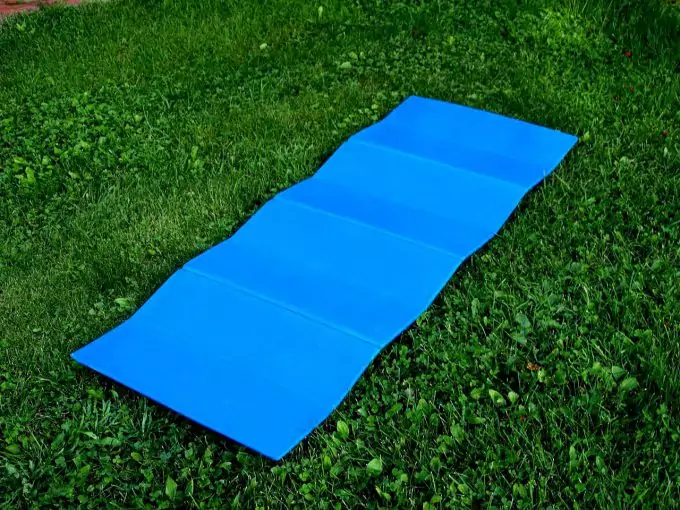
Sleeping bags are also very important items. There are some very good and warm sleeping bags that weigh no more than a kilo or so. Again, spread the load evenly between all family members. Basically, a sleeping bag may not be just a useless comfort, but a lifesaver. In very cold weather you can wrap yourself with it to avoid hypothermia. In cold nights you can sleep with your clothes on while in the bag and stay warm all night. Body temperature drops slightly while we sleep and that’s when we feel colder than usual.
Don’t forget the first-aid kit. It goes without saying that you must have it in your survival kit. This is another item that you can build from scratch. Here are our suggestions.
- Basic supplies – duct and adhesive tape; bandages; band aids; antibiotics; antiseptic cream; cotton balls; disposable gloves (synthetic); lubricant (e.g. petroleum jelly or other oily product); plastic bags; small scissors; soap; sanitized tissues; thermometer; gauze pads in different sizes.
- Medications – activated charcoal (learn how to use and why you need it); aloe vera gel; medication against diarrhea; antihistamine; aspirin or other over-the-counter painkiller; personal medications for you and your family members; medication in case of allergic attack; medicine cup or small spoon.
- Emergency supplies – list of all emergency phone numbers, both national and local, including your general practitioner’s number; medical history of all family members, including medical consent forms; flashlight and batteries (plus several extra sets) – can be part either of the first-aid kit or of the whole survival kit; sunscreen (can be important all year round, mostly in summer seasons);
You could also write your own manual to go along with the first-aid kit. Compose it carefully and add instructions of use for each item and what this item is good for, in what conditions to use it, etc. A manual will be a good idea for you, but also for anyone of your family that may not be well acquainted with all items and their multiple uses.
Items of secondary importance
The following list of items contains tools and items that you may or may not use during the crisis or disaster event. That doesn’t mean that they are useless. They have specific uses for specific situations. These situations may not occur and hence the item is left unused. We still have to say that, if this situation happens nonetheless, these items will be just as vital as any of the items from the above list.
- Survival tools
- Cell or smart phone
- Maps and compass
- Whistle
- Towels and blankets
- Reflective band
- Nylon rope and fishing hooks
- Sewing needle and nylon thread
- Real thick rope
Pack in your kit any survival tool you can think of, like compact knife, lighter, matches and flashlight. Add several extra sets of batteries. Consider any tools for cooking, a compact cooking stove. Don’t ignore the fact that some sort of a defending weapon, like larger knife or a firearm, may also be a lifesaver. Both in civilization and in nature, there are individuals or animals that may threaten your life or the life of any of your family members. You must absolutely be equipped with some weapon to defend them.
A cell (smart) phone needs little explanation as to why it’s important. You want to be found or saved and a cell or smart phone will be your contact with your rescuers. If you have a smart phone it may also have a GPS system available (preferably set the GPS at home and test it beforehand).
Remember though, smart phones and GPS when turned on consumes energy from the battery very quickly. So, use your phone wisely and turn on the system only when there’s need. Otherwise keep it off. Even if you conserve the battery well, you may want to have extra batteries. You never know how long you’ll be out there fighting for your life. Pack several batteries beforehand, including a charger. Even a small set of portable solar panels is a good idea. For other choices, see our piece on how to choose the best satellite phones for use – check it out.
It may sound a bit old-fashioned, but primitive tools like the map and compass (compared to today’s technological ones) may still be of great help. They weigh too little to be of concern, so always keep them in your survival kit. Also, learn how to use a compass with a map. Test it in advance, go hiking for a day and try to get the hang of it. Don’t rely entirely on technology since it also relies on an energy source. And energy sources may be rare or completely lacking.
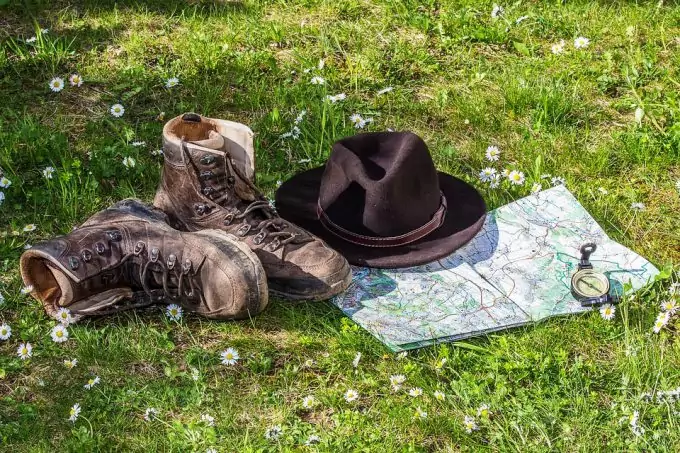
There are a few applications for a whistle. It can be used for some sort of a communicating system, built between you and your family members. You may be spread around a large area, let’s say, searching for water or a good place for building a shelter. If you have whistles you don’t have to shout (it can be extremely tiring and you lose energy quickly) or walk back just to tell your family that you found a good area.
If you have some signals to play with the whistle it can be a very smart and optimized way to communicate. Also, a whistle can be used to reveal your location if your rescue team is close by. If you’re dehydrated and have no strength left to shout, just use the whistle. And it doesn’t weigh anything, several grams.
Don’t underestimate the blankets and towels. They can have multiple uses, like drying, washing, wrapping around the body, etc.
The reflective band can also be an overlooked item. If you lose your flashlight, or the batteries are gone, the rescue team can locate you by seeing the light reflected off the reflective band. Get one for any pet you may want to carry along. If the animal gets lost it will be always visible (if there’s a light source nearby).
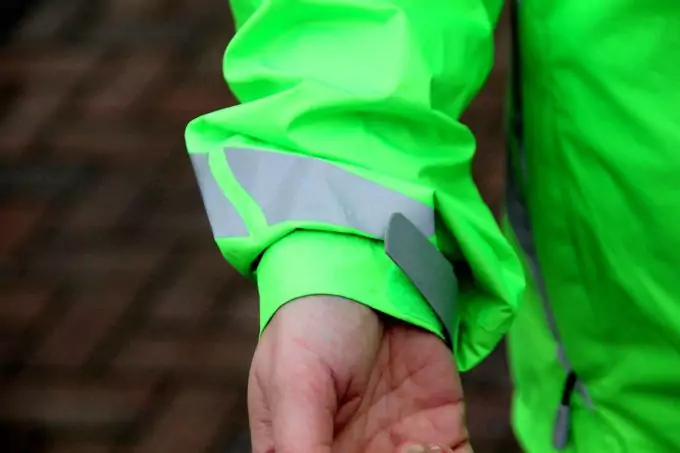
The nylon rope and the fishing hooks can be used for catching fish. If you have experience fishing, this would be a pleasure for you. You can have fish for dinner every night if you remain near the water source, regardless of the crisis event (provided it’s the summer season). The sewing needle and the nylon thread can be either part of the first-aid kit, or separate elements of your survival kit. It’s up to you. You can sew clothes or wounds with these two. Before you sew wound though, sanitize both the thread and the needle.
The rope is another category in comparison to the nylon rope. The latter cannot be a reliable tool for saving people. But a thick rope can be used to tie your family members together, when crossing a river, currents, flood, etc. You can use it for saving people. It is of great importance to have a good strong thick rope.
Things to consider before you start
Plan well ahead how to arrange all items depending on how large your family is. Plan each of the vital items above for each member, no matter age. If you have a baby, consider a separate bag in which to carry diapers, sanitary items, special towels, powders, baby creams, toiletries etc. Consider the food and water for the baby, food formulas, milk, etc. Babies need special care and high level of hygiene, no matter if there’s a crisis or not. Be very alert in cold weather.
[the_ad_placement id=”in-text-3-type-r”]Think about your pets. Can you take them with you? Are they old and sick or young and of good health? It may be a very difficult choice to leave a four-legged companion behind, but if you decide to take it with you, make a list for it too. Pack their medical records, any medications the animal has to take, water and food, animal clothes, or even a life vest and reflective bands. Prepare a leash if you have a dog, and a cage for your cat (prepare a leash for the cat too), guinea pig, bird, etc.
Smaller animals may not survive harsh weather, especially during winter, so consider that too. Most of all keep them dry, warm, hydrated and well fed.

Take cash in smaller bills, you won’t worry about the change if you have hundred-dollar bill and want to buy a bottle of water. Also ATMs and machines may not work and your credit card would be useless. Nonetheless, take the credit card and all other cards you possess, IDs, documents, bank account and social security numbers, etc.
And finally, don’t underestimate the severity of disasters and crises and believe that this isn’t going to happen to you. You may be lucky or the region where you live may be safer compared to other areas, but you must always be prepared for the worse. This isn’t about being pessimistic or optimistic, it’s about being realistic. Today’s weather conditions are changing on a global scale. Climates usually temperate are nowadays quickly changing.
Habitants in such areas are totally unprepared because they never witnessed such events in their lifetime. Because of this, good and conscious preparation for these events is far better than relying on pure luck.
See our article on how to choose a bug out vehicle for disaster preparedness, it’s a must-read for all.


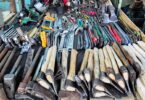
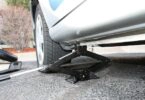

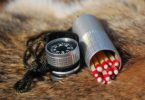
Jackpot! Thank you for this! Bless you.
I’m simply beginning with getting prepared. Assembling the various things and instruments now and have a ton of thoughts for the future when I get some more funding. Further, I’m an athletic, educated woman. However, I have little outdoors experience. I’ve never been quite a bit of a camper or hunter primarily because the majority of my time was spent playing games, working or in school.
I wish I had s small tin box, I just can’t find a place that sells them, do you know were I could get one ?
-The 5orce
HI The 5orce,
You can find tin cans on eBay but if you want a DIY Survival Kit you can use empty Altoids tin boxes. They are durable and readily available.
David